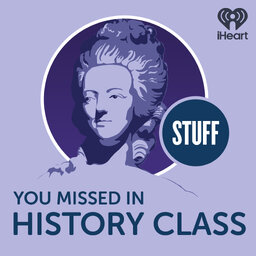SYMHC Classics: Coxey's Army
This 2020 episode covers the first protest march on Washington, D.C., led by Jacob Sechler Coxey in the 1890s. His plan was job creation for the nation's unemployed population with projects that would build the country's infrastructure.
 Stuff You Missed in History Class
Stuff You Missed in History Class


